If you’re looking for a vibrant, tropical fruit tree that delivers beauty, fragrance, and sweet rewards, the Guava Pink Barbie is a perfect choice. Known for its striking pink flesh, irresistible aroma, and compact growth, this guava variety has become a favorite among home gardeners and fruit lovers alike.
In this comprehensive guide, we’ll explore everything you need to know about the Pink Barbie Guava—from how to plant and care for it to harvesting and enjoying its delicious fruit. Whether you’re growing it in your backyard or a large container, this tropical gem can thrive beautifully with just a bit of attention and care.
What Makes Pink Barbie Guava Special?

The Pink Barbie Guava (often referred to as Psidium guajava ‘Pink Barbie’) is a tropical guava variety prized for its deep pink, sweet flesh and pleasant, floral aroma. It has a thin yellowish-green skin, juicy texture, and balanced flavor—sweet with a hint of tartness.
This variety is fast-growing and compact, making it perfect for smaller gardens or patio spaces. It also produces fruit quickly—sometimes within the first year if grown from a young plant rather than seed.
Key Features of Pink Barbie Guava
- Flesh color: Vibrant pink
- Flavor: Sweet, aromatic, and slightly tangy
- Fruit size: Medium to large (3–4 inches in diameter)
- Growth habit: Compact and bushy (ideal for pruning and container growing)
- Harvest season: Late summer through early winter, depending on climate
It’s also rich in vitamin C, fiber, and antioxidants—making it not just delicious but also incredibly nutritious.
Ideal Growing Conditions for Guava Pink Barbie

Guavas thrive in warm, tropical to subtropical climates, and Pink Barbie is no exception. However, it’s quite adaptable and can be grown successfully in many regions, including warm temperate zones, provided there’s no severe frost.
Sunlight
Guava plants love sunlight. Ensure your Pink Barbie gets at least 6–8 hours of direct sunlight daily. Full sun exposure is key for vigorous growth and abundant fruiting.
Temperature
Ideal temperatures range between 70°F to 90°F (21°C–32°C). The plant can tolerate mild cold but needs protection when temperatures drop below 40°F (4°C).
Rainfall and Humidity
Guava thrives in moderate humidity. While it appreciates moisture, it does not tolerate soggy roots. Balanced watering and good drainage are crucial.
How to Plant Pink Barbie Guava
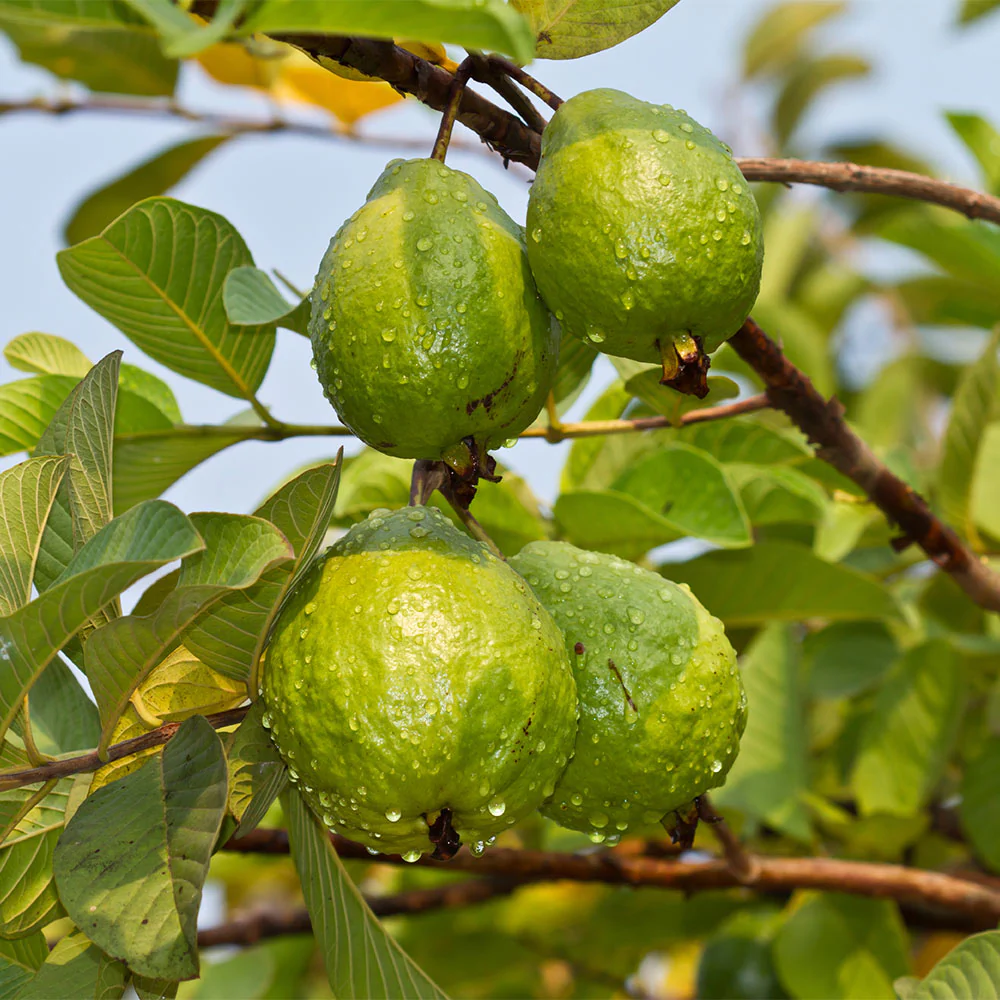
You can grow Pink Barbie Guava from seeds, cuttings, or grafted saplings. For faster and more reliable fruit production, start with a grafted plant or cutting-grown sapling.
Step 1: Choose the Right Spot or Container
- Select a sunny location with good airflow.
- If growing in a container, pick a 20–25-gallon pot with proper drainage holes.
- Use a light, well-draining potting mix made of garden soil, compost, and perlite or sand.
Step 2: Prepare the Soil
Guava prefers slightly acidic to neutral soil with a pH of 5.5–7.0. Enrich the soil with organic compost or aged manure to boost fertility.
If you’re planting in the ground:
- Dig a hole twice the width and the same depth as the root ball.
- Mix compost into the soil before planting.
Step 3: Planting
- Gently remove the sapling from its container.
- Place it in the hole so that the root collar sits level with the ground.
- Backfill with soil and gently press down to remove air pockets.
- Water thoroughly to help the plant settle.
For potted plants, ensure the container drains freely after watering.
Watering and Mulching

Guavas love consistent moisture but cannot tolerate waterlogging.
- Water the plant 2–3 times per week during dry, hot months.
- In cooler seasons, water once a week or when the top inch of soil feels dry.
- Apply a 2–3 inch layer of organic mulch (like straw or shredded leaves) around the base. This helps retain moisture and suppress weeds.
Tip: Avoid watering directly on the leaves or fruit to reduce fungal problems. Instead, water at the base of the plant.
Fertilizing for Healthy Growth
Pink Barbie Guava grows fast and bears fruit heavily, so it benefits from regular feeding.
Fertilizing Schedule
- Young plants: Feed monthly with a balanced 10-10-10 fertilizer.
- Mature plants: Apply organic compost or slow-release fertilizer every 2–3 months.
- During fruiting season: Switch to a high-potassium fertilizer (like 5-10-10) to enhance fruit flavor and sweetness.
Organic Alternatives
- Banana peel compost or wood ash for potassium.
- Fish emulsion or seaweed extract for micronutrients.
- Worm castings for long-lasting soil enrichment.
Pruning and Maintenance

Pruning is essential for maintaining a manageable size and encouraging more branching, which means more flowers and fruit.
How to Prune:
- After harvesting, prune back about one-third of the branches.
- Remove dead, weak, or crossing branches to improve air circulation.
- Regularly pinch off new shoots to shape the plant and promote bushier growth.
Pink Barbie Guava tends to flower and fruit on new growth, so pruning directly supports future yields.
Pollination and Flowering
Guava flowers are self-pollinating, but they can also be pollinated by insects such as bees and butterflies. The flowers are white, delicate, and fragrant, appearing before the fruit sets.
If growing indoors or in a protected area, you can hand-pollinate using a small brush to transfer pollen between flowers. This ensures better fruit set and size.
Guava Pink Barbie Harvest Time
The real joy of growing Pink Barbie Guava comes during harvest time. Typically, the fruits are ready 3–4 months after flowering, depending on climate and care.
How to Know When to Harvest
- The skin turns from green to light yellowish-green.
- The fruit emits a sweet, tropical aroma.
- It feels slightly soft when gently pressed.
Cut the fruit from the tree with pruning shears to avoid damaging the branch. Handle gently—ripe guavas can bruise easily.
Post-Harvest Tips and Storage
After harvesting:
- Wash fruits and allow them to dry.
- You can store ripe guavas at room temperature for 3–5 days or refrigerate for up to a week.
- To speed up ripening, place guavas in a paper bag with a banana or apple.
Bonus tip: If you have a bumper harvest, Pink Barbie guavas make excellent jams, jellies, juices, and desserts. Their pink flesh also looks stunning in fruit salads.
Propagating Pink Barbie Guava
If you want to grow more guava plants, try propagation.
From Cuttings:
- Take 6–8 inch semi-hardwood cuttings from healthy, fruiting branches.
- Dip the cut end in rooting hormone powder.
- Plant in a moist, well-draining potting mix.
- Cover with a plastic dome or bag to retain humidity until roots form (2–4 weeks).
From Seeds:
You can also grow from seeds, but keep in mind:
- Plants may not be true to type (fruit quality may vary).
- Seedlings take 2–3 years to bear fruit.
For reliable results, grafting or air-layering from a healthy parent tree is preferred.
Common Pests and Diseases
Like most fruit trees, guavas can attract pests, but with regular monitoring, they’re easy to manage.
Common Pests:
- Fruit flies – Use fruit fly traps or harvest early to prevent infestation.
- Aphids and whiteflies – Control with neem oil spray.
- Scale insects – Wipe off with cotton dipped in soapy water.
- Mealybugs – Use insecticidal soap or horticultural oil.
Common Diseases:
- Anthracnose (fruit rot): Avoid overhead watering; prune to increase airflow.
- Leaf spot: Remove affected leaves and apply organic fungicides if needed.
- Root rot: Ensure proper drainage and avoid overwatering.
Growing Pink Barbie Guava in Containers
For gardeners with limited space or cooler climates, growing guava in containers is an excellent solution.
Tips for container success:
- Choose a large pot (at least 20 gallons).
- Use a lightweight, nutrient-rich potting mix.
- Fertilize monthly during the growing season.
- Move the pot to a sunny, sheltered area during winter to protect from frost.
Container-grown Pink Barbie Guavas can still produce plenty of fruits and look ornamental with their glossy green leaves and bright pink harvests.
Enjoying the Fruits of Your Labor
Once your Pink Barbie Guava harvest is ready, there are endless ways to enjoy this tropical delight:
- Eat fresh – slice and enjoy the naturally sweet flavor.
- Blend into smoothies for a refreshing, vitamin-packed drink.
- Make guava jam or jelly – perfect for spreading on toast.
- Add to salads or desserts – pairs beautifully with citrus and mint.
- Make guava juice or sorbet – a cooling treat in summer.
Every bite is a taste of the tropics—right from your garden.
Final Thoughts
Growing the Guava Pink Barbie variety is a rewarding experience for any gardener. It’s beautiful, productive, and adaptable—whether you have a spacious garden or a sunny balcony. With proper sunlight, regular watering, and thoughtful pruning, you can enjoy an abundance of pink, fragrant guavas year after year.
From the moment you plant it to the time you harvest those first rosy fruits, the Pink Barbie Guava rewards your care with a burst of tropical sweetness that’s simply irresistible.
So, plant your Pink Barbie today, nurture it with love, and soon you’ll be harvesting the prettiest—and tastiest—guavas right from your own home garden.


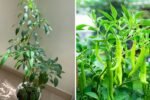
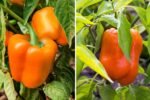
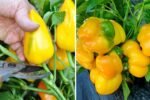
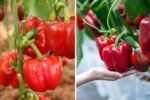
Leave A Comment